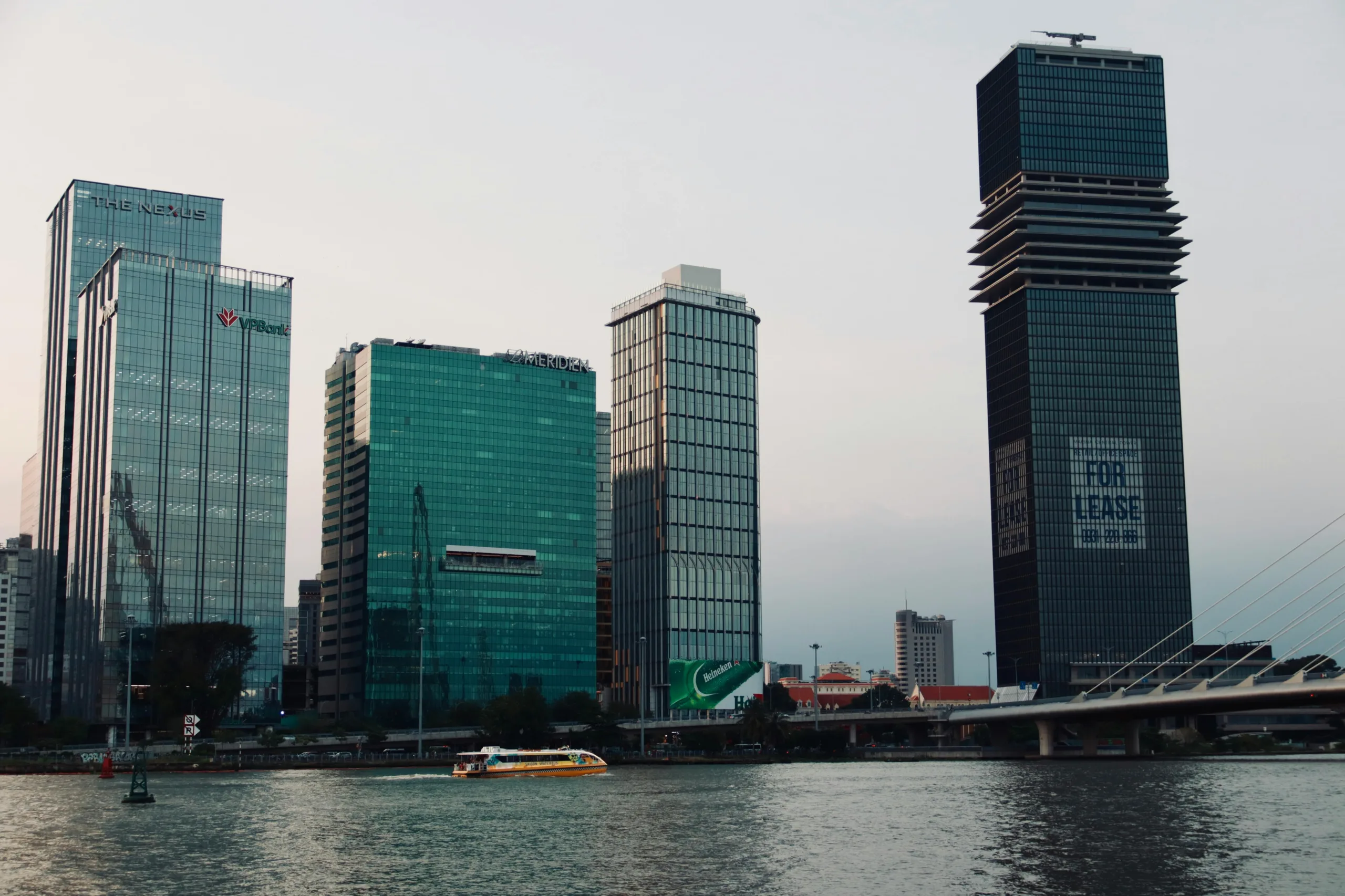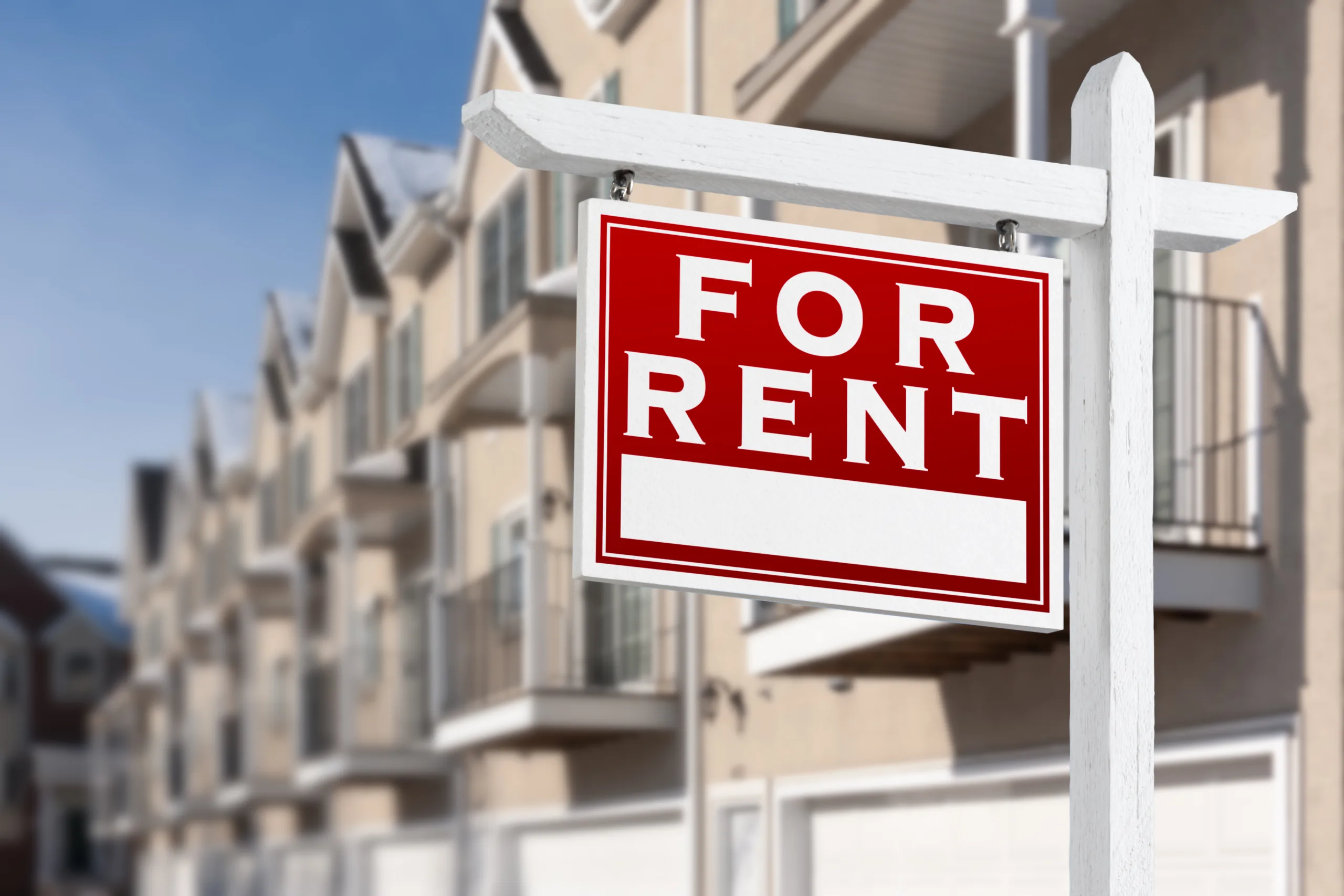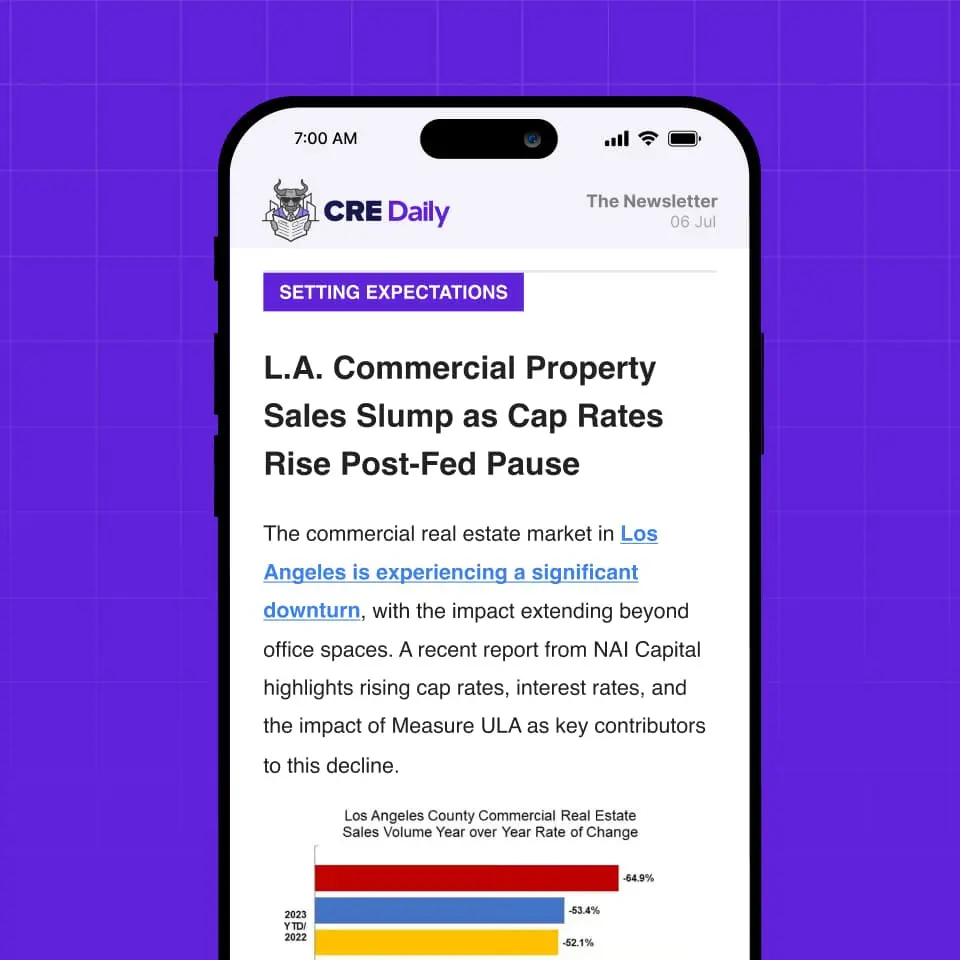- Traditional indicators may lag behind real-time data, leaving investors exposed to market softening before it’s fully reflected in inflation or housing reports.
- Tariffs and rising input costs are pressuring tenants’ bottom lines, increasing potential risk for landlords through reduced rent coverage and financial instability.
- Some markets are experiencing unsustainable price growth, drawing comparisons to pre-2008 dynamics.
- The rise of gig work and economic volatility may affect space demand and tenant reliability, especially in multifamily and office sectors.
What’s Under the Surface
According to GlobeSt, even the most data-driven CRE investors can be caught off guard by hidden risks when the ground shifts beneath them. Insights from a recent Trepp podcast show that five key vulnerabilities are often overlooked in today’s market—yet each holds the potential to destabilize portfolios if ignored.
Lagging Inflation and Housing Data
While real-time data indicates a cooling housing market, official inflation metrics often trail behind. This delay can prevent investors from reacting quickly to falling demand or shifting tenant behavior, creating a mismatch between on-the-ground conditions and policy or pricing decisions.
Get Smarter about what matters in CRE
Stay ahead of trends in commercial real estate with CRE Daily – the free newsletter delivering everything you need to start your day in just 5-minutes
Tariff-Driven Price Pressures
Tariffs on goods and materials are raising costs for businesses—some of which are tenants in CRE assets. While not always evident in CPI data, the downstream effect can be substantial: squeezed tenant margins, reduced rent-paying capacity, and potential increases in vacancy.
Unsustainable Housing Price Growth
Some housing markets are seeing double-digit annual price gains, raising questions about long-term affordability and stability. While different from the 2008 run-up, today’s environment still invites speculation and risk—especially for mixed-use and residential-heavy portfolios.
Gig Economy Risks
The shift toward freelance and contract work introduces volatility in tenant income and space needs. A recession or even moderate slowdown could hit gig workers harder than traditional employees, impacting everything from apartment lease renewals to coworking space occupancy.
Tech Sector Real Estate Exposure
Despite tech’s stock market resilience, underlying real estate decisions—from delayed office builds to space consolidation—may mask vulnerabilities. CRE tied to the sector could see valuation hits, particularly in urban office and mixed-use properties.
Why It Matters
These hidden risks highlight a central truth: the metrics investors typically rely on may not always tell the full story. While fundamentals like cap rates and occupancy matter, so too does understanding the broader economic and societal currents reshaping demand, risk, and asset value.
What’s Next
To stay ahead, investors should embrace more agile, real-time data sources and stress-test portfolios under a broader range of economic conditions. As uncertainty persists, the CRE market may reward those who look beyond the obvious—and prepare for the hidden.


















